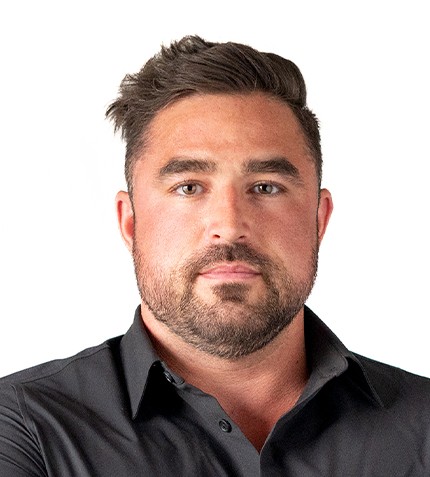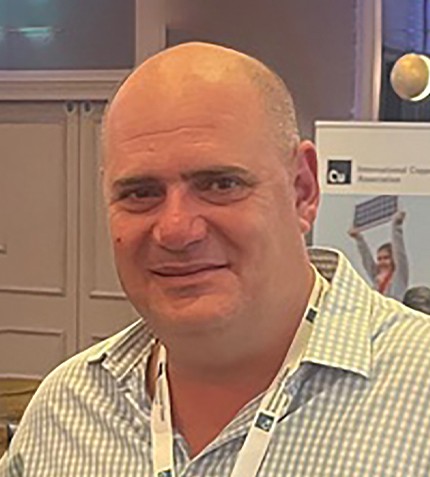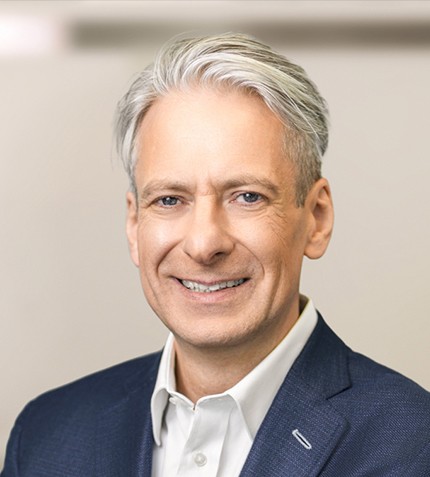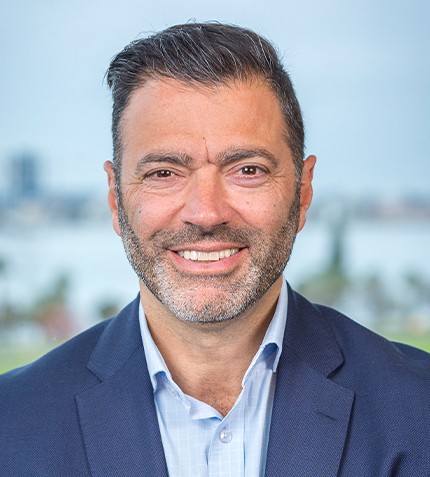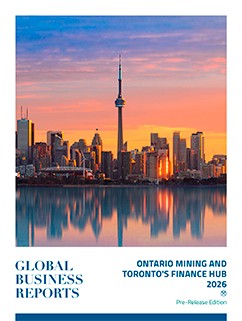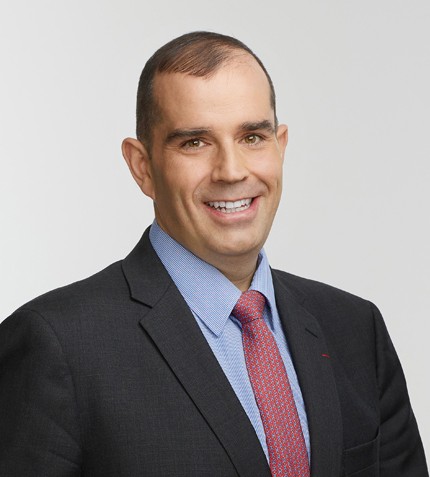
"Many projects come to us with a special need for some element of financing that is not necessarily met by the market. That is where Ressources Québec works to offer a tailored financing tool to meet their needs."
Jean-François Béland
VICE PRESIDENT, RESSOURCES QUÉBEC
Can you provide an overview of Ressources Québec’s mission and mandate?
Ressources Québec is part of Investissement Québec, and the role of Investissement Québec is to foster economic growth in the province. Investissement Québec achieves this by working to attract foreign investment, helping corporations establish, and then moving them towards growth. In parallel, we offer financing solutions such as equity and debt to help businesses thrive. Ressources Québec was initially focused on providing these solutions for mining, but our mandate has now broadened to include energy and forestry.
We can envision a plan where down the road we link a clean energy project with a mining project. These are complementary industries that could have a much greater level of collaboration. That is the logic behind the fund.
Can you speak about efforts in Québec to develop a battery materials supply chain?
The Premier of Québec decided that development of the electric vehicle battery supply chain would be a major focus of his administration, because we have the geology, skilled workforce, and we also have a lot of electricity, clean energy, and roughly 40,000 megawatts of hydroelectricity to produce the critical minerals that power the industry. Those are all the key elements to foster the battery industry, and the political will was there to move forward. Ressources Québec works at the crossroads of public policy, industrial policy and energy policy. For these reasons, we are working on decisions that will be shaping Québec for the next 50 years. If you compare EV’s with what we saw in the early days of the auto industry, there are striking similarities.
Our goal is to pull companies together to develop the full battery EV supply chain from mineral to cell fabrication in Québec. There is a major race to develop these supply chains with strong competition from players in China. However, North Americans are now recognizing the need to be less reliant on Asia and to develop an integrated Canada-US value chain where we are independent from other countries. It is an approach where the state is carrying out industrial policy. This knowledge was lost over the last 40 years, as we were all focused on liberalism and globalization. Now we are rediscovering this because of the pandemic. We do not have vaccine capacity, we do not have mask capacity. What happened? This made many people realize that we need to return to the industrial policies of the past.
What does Ressources Québec do that the private sector cannot?
We are not here to compete with banks. We work with partners in the financial community to offer the best financial options to our clients. Many projects come to us with a special need for some element of financing that is not necessarily met by the market. That is where Ressources Québec works closely with the developer to offer a tailored financing tool to meet their needs. Since we have the policy goal of economic development, there is a more tolerant approach to risk as well. What people often miss about risk is that in high-risk industries, people profit immensely. The more risk you take, the greater the opportunity for profit. If you take risks with sensible mitigation steps, you are able to foster development. That is the beauty of entrepreneurial ecosystem we are working to uphold in Québec.
What are examples of Ressources Québec supporting energy development in the province?
There are many remote communities working off the grid, using extremely expensive diesel generators. This requires maintenance, transporting fuel often by road or sometimes shipping it by barge during the summer. It is expensive, polluting and there are a lot of CO2 emissions in the air. There are some relatively easy wins pertaining to energy that Ressources Québec can support such as solar and wind energy. If these technologies work 20% of the time, you save 20% of GSA and that is a major win.
5-10 years ago, the market viewed clean tech as overly expensive. People now understand that using technology is a way of saving money. That is important progress for the environment, and for the industry's bottom line.




